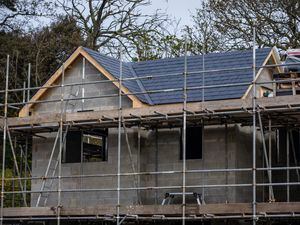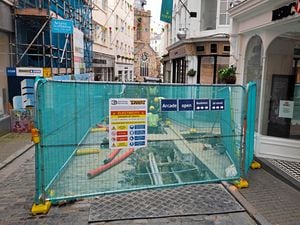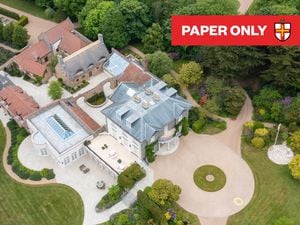No more affordable housing, but deputy sticks to guns
NO AFFORDABLE housing has been built under a policy aimed at creating it, the Development & Planning Authority action plan has revealed.

The DPA said it was disappointed, as it had proposed that with any development of more than five houses, some would have to be affordable housing.
But in 2016, Peter Roffey successfully increased the threshold by which developers had to provide affordable housing.
He has insisted he did the right thing, despite the policy’s lack of impact.
Deputy Roffey’s amendment meant that the legal requirement for developers to include an affordable element in their projects did not kick in until a development exceeded 20 units.
Deputy Roffey said yesterday that he did not regret his amendment because he was acting on the advice of all the social housing providers who had made it clear that having single units dotted around the island was not manageable or practical.
He wanted smaller developers to be required to make a financial contribution to affordable housing in lieu of land, and he said he was puzzled about why this has not happened and would be asking questions about it.
The policy – called GP11 – has been under the spotlight recently because of an overhaul in the political leadership of the Development & Planning Authority.
Also a requete by Deputy Jennifer Merrett has focused attention on how some islanders have felt let down by planning decisions.
On Monday, the new DPA president, Dawn Tindall, unveiled a new action plan designed to tackle a lack of confidence in current planning policies and over development.
Key to Deputy Tindall’s vision is a reconsideration of GP11, with a view to lowering the threshold limit so that if landowners want planning permission they would have to meet more stringent affordable housing requirements.
Deputy Tindall said she did not want to ask the taxpayer to come up with the money for badly-needed affordable homes.
The current GP11 means that developers building between 20 and 25 units have to reserve a quarter for affordable housing, over a phased period.
For larger developments of between 25 and 30 units, the requirement goes up to 28%.
And when a development is 30 or more dwellings, roughly a third must be affordable housing.
The building industry has resisted moves in the past to put increased responsibility for affordable housing on developers, saying it would lead to a significant downturn in the production of new housing units.
When GP11 was introduced, it was branded as a huge additional stealth tax by the local construction industry.





